
12 minute read
What’s next for FAST?
By Rick Young, SVP, head of global products, LTN
It’s fair to say that free ad-supported streaming TV (FAST) was a hot topic at IBC 2022, throughout the exhibition halls, panel sessions, and even around the food trucks. International media brands of varying flavours and sizes are looking to launch FAST channels today if they haven’t done so already; or they’re at least thinking about it. FAST was a little-known concept just a few years ago. Back when the emergence of on-demand streaming transformed the status quo of how we consume television. Few would have foreseen that a digital format replicating traditional linear TV would be one of the biggest talking points on the IBC show floor in September 2022.
Audiences are increasingly attracted by, or even nostalgic for, the ‘lean-back’ viewing experience that traditional linear television offers. The explosion of on-demand services has led to a sense of ‘choice fatigue’ for many. Faced with heightened living costs and squeezed home budgets, consumers are looking to save on their video subscription costs. Viewers have a higher tolerance of ads in exchange for free content, especially if the ad experience is more relevant and personalised. Ad-supported video on demand (AVoD) services are surging as audiences look to reduce or eliminate TV subscription fees.
Market conditions and technology shifts mean that FAST is on track to become one of the de-facto viewing methods for many international consumers. Some content providers and technology partners view FAST as an effective supplement or alternative to ondemand-only video content platforms. However, media companies are missing out on a golden revenue opportunity and a powerful route to audience growth if they don’t deliver fresh, local, and live content to FAST viewers. Using FAST for playout of pre-recorded programming is stage one of the FAST revolution. However, running repeats all day can only take you so far in the battle for digital eyeballs. So, what’s next for FAST? Going live and going local.
CHANGE THE GAME WITH LIVE AND LOCAL CONTENT Broadcasters and technology vendors have designed basic workflows to play out VoD assets across FAST channels. But taking FAST to the next level and seamlessly integrating live, and non-live programming has been another challenge. Innovative IP-powered technology and cloud workflows empower media companies to easily and efficiently bring high-value live content to FAST platforms; and it’s a gamechanger. Live is the most powerful form of content in the media ecosystem. Live sports, news, and events attract viewers and keep them tuned in. Localised, relevant content experiences are critical ingredients for success in the FAST game. Geographically tailored news coverage, regional sports, weather, and cultural programming drives viewer engagement and deepens platform loyalty.
So, how can content owners efficiently bring fresh, live, and localised content to FAST platforms? A futureproof approach is to adopt innovative versioning solutions for full-time channels and live events that enable seamless customisation and digital distribution at scale. Alongside FAST channels, media owners need to distribute content across an ever-increasing range of digital and OTT platforms. Amid squeezed ad revenues and a rising cost of content, broadcasters need effective tools to repurpose linear streams for multi-platform digital delivery without breaking the bank or investing in heavy capex infrastructure.
New cloud-enabled playout solutions with automated versioning capabilities enable broadcasters to seamlessly spin up secondary and tertiary channels for FAST distribution, connecting audiences with live and local news, sports, or other high-value live content.
IP FOUNDATIONS FOR FAST SUCCESS Media organisations looking to spin up FAST services quickly and easily need to embrace an IP-first approach now or risk slipping behind in the race for eyeballs on all digital platforms. Traditional hardware and staff-intensive workflows built around fibre and satellite transport don’t provide the flexibility to launch FAST channels quickly. With inherent two-way data transfer capabilities and near-infinite scalability, an IP-enabled transmission network acts as the foundational layer for today’s multi-platform distribution needs and the key to unlocking digital monetiation opportunities.
FAST is front of mind for many media companies right now. The revenue opportunities to be gained from FAST expansion are potentially game-changing; that’s no secret. But organisations are still finding their feet with this new digital format by experimenting with different content strategies to grow their audiences effectively. Media providers need to increase their FAST audience base to maximise ad value; where the eyeballs turn, the dollars follow. Bringing high-quality live and local content onto FAST services is critical for drawing viewers in and making sure they stick around. n
ICYMI # ICYMI
TVBEurope’s website includes exclusive news, features and information about our industry. Here are some featured articles from the last month…

IF A SINGLE PICTURE IS WORTH A THOUSAND WORDS, HOW VALUABLE IS VIDEO?
WATCH: WHAT CAUGHT OUR EYE AT IBC 2022
Vizrt’s Andre Torsvik argues that as the competitive environment for broadcasters worldwide is increasing, the number of screens and formats they must support is also growing.
https://bit.ly/3rnSqm3
The TVBEurope team rounds up some of the cool tech that caught our eye during this year’s show. n
https://bit.ly/3RvRarB
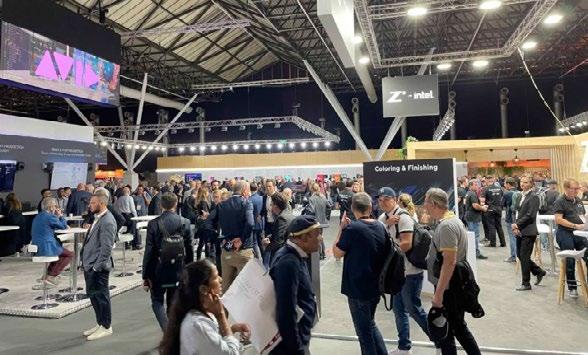
USING SOUND TO CREATE A FUN AND FUNNY RIDE ON BULLET TRAIN

Three-time Oscar nominated supervising sound editor Mark Stoeckinger worked on summer blockbuster, Bullet Train. He talks to TVBEurope about his role on the project, the challenge of creating the sound of a moving train on a sound stage, and giving each car its own sonic signature. n
https://bit.ly/3fHvyeM
CORONATION STREET IS FIRST CONTINUING DRAMA TO USE VIRTUAL PRODUCTION
As part of a major storyline, ITV’s Coronation Street has become the first continuing drama to employ virtual production, working with Manchester-based studio Recode XR. n
https://bit.ly/3M3jAYF
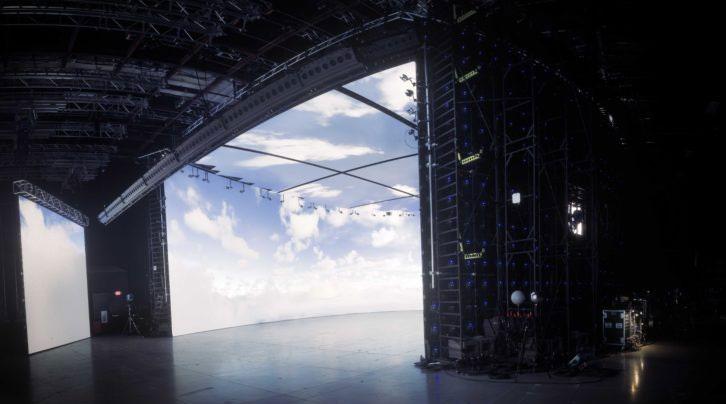
GOOGLE ‘PREPARING TO LAUNCH OWN VERSION OF DOLBY ATMOS AND DOLBY VISION’

Google is believed to be working on its own versions of Dolby Atmos and Dolby Vision, which could initially roll out on YouTube. Under Google’s plan, manufacturers would not be charged for the licensing fees they currently pay to Dolby. n
https://bit.ly/3CsFW2C
THE GODFATHER DIRECTOR CHOOSES VIRTUAL PRODUCTION FOR LATEST PROJECT
Francis Ford Coppola will use traditional filmmaking techniques alongside the latest technology for his new film, Megalopolis. It will be the first feature film to shoot at the newly opened Prysm Stages at Trilith Studios in Georgia, United States. n
https://bit.ly/3SMciuC
SONY LOOKS TO THE FUTURE OF CAMERA-TOCLOUD AND BEYOND
IBC 2022 saw Sony launch new cloud creation and live networking platforms, while also laying out its vision for the ongoing development of interconnected media production systems
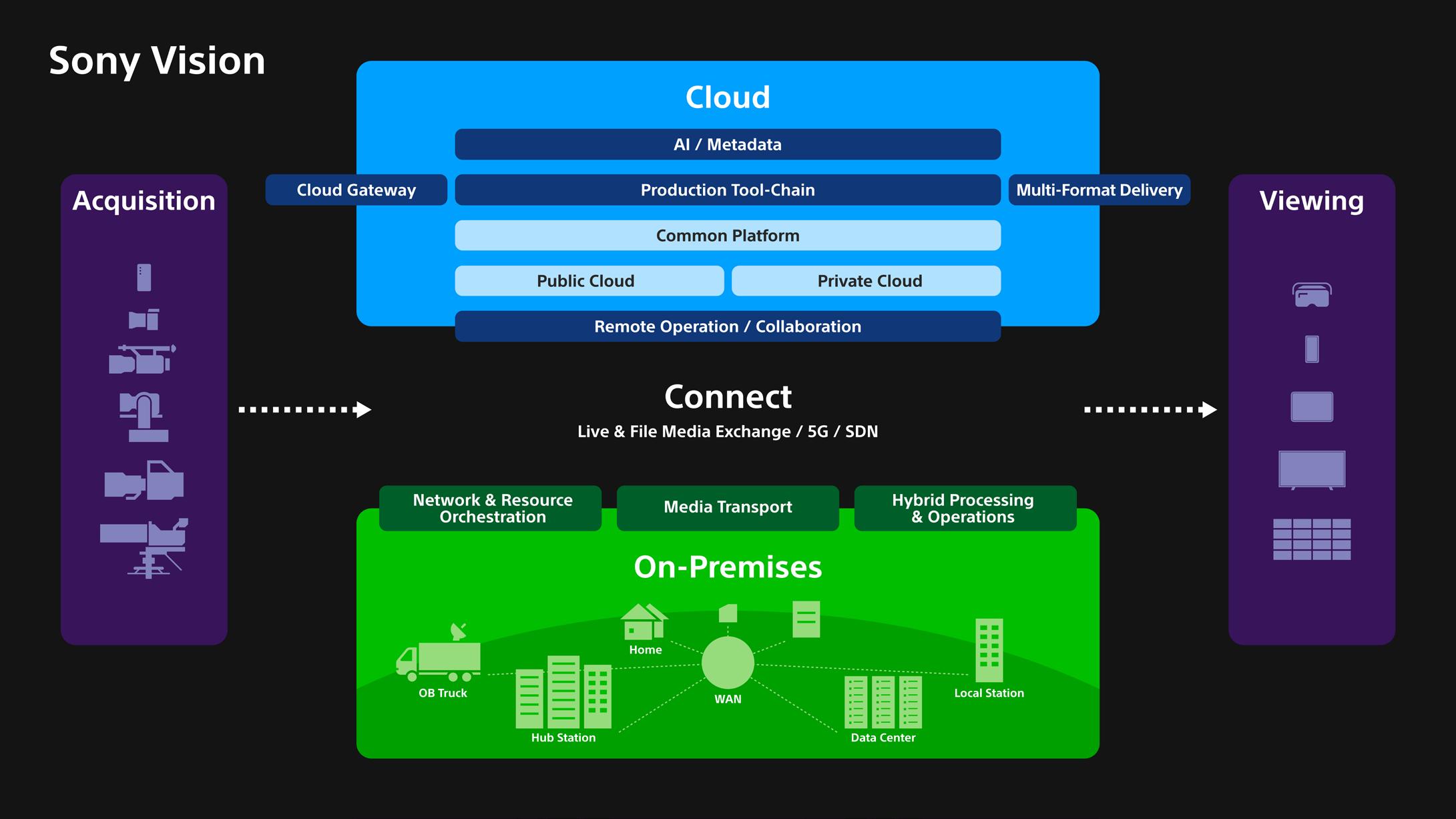
IBC 2022 saw Sony launch Creators Cloud and Networked Live, new cloud creation and live networking platforms, while also laying out its vision for the ongoing development of interconnected media production systems.
While Sony always makes a big statement about its newest introductions, it does not always reveal any future plans to the market. The change in policy has been instigated by recently appointed head of media solutions for Europe, Olivier Bovis. Previously Sony’s head of marketing and a long-standing figure at the company, Bovis acknowledges it has been some time since the company declared where it is going with the media solution business for the longer term. “I was insistent this year to make sure we could share our vision for the future and articulate not only where Sony as a company is going but where the media industry itself is going,” he states.
An immediate trend in the TV and streaming markets identified by Bovis is what he describes as “an intensified competition in retaining viewers from the world of linear TV to the OTT space”. On top of this, he adds, even the big streamers themselves are coming under pressure. “As we’ve seen more recently, Netflix and Disney are looking for means that would diversify their revenue streams, including putting advertising into the landscape of OTT, which was not something they were doing because
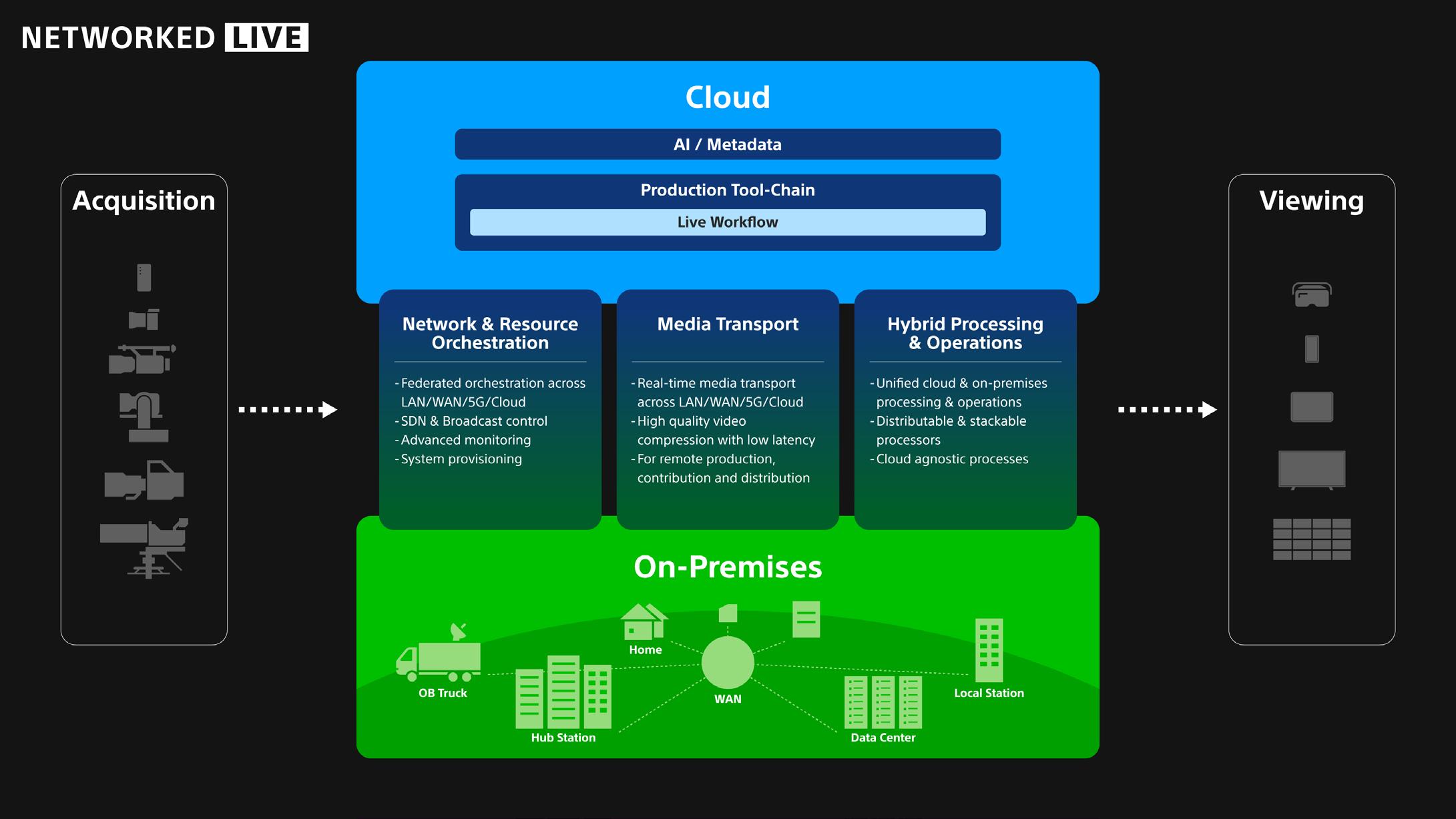
they relied on subscription models. There is also a significant evolution in terms of media companies looking at the way they work and learning from the situation post-lockdown.”
What this means, Bovis explains, is that where once the broadcast and media sector was very much driven by technology, there is now increased emphasis on the people who design, produce and use that technology. “Recently there has been much more concern about people and staff,” Bovis observes. “Companies want to minimise resignations and keep people coming into the industry, which I think is a challenge because recruiting talent is a big issue,” he adds.
“This will have a direct impact on the kind of technical systems that every manufacturer will be supplying into the broadcast industry. Surveys by the DPP and IABM of the top trends across 2020 and 2021 show the evolution of remote production, real-time production, cameras and accessories. Remote production continues to have a strong presence, with real-time production also increasing significantly. But being location-agnostic is becoming quite significant and we are going to see that continue to evolve.”
Bovis continues that these methods for producing live TV are enabled by two core technologies: the cloud and all the devices and techniques that support remote production. In developing the systems for both these important areas, Sony follows what he calls “three pillars of focus”: ‘content value’, ‘workflow efficiency’, and ‘sustainable platforms’, with sustainability in this context referring to the longevity of a system and its ability to accommodate changes in viewer behaviour.
Beginning with content value, Bovis explains: “Anything we do has been about maximising the tool sets of equipment such as cameras and camcorders, which in turn is to maximise the value of the content and prioritise the monetisation opportunities for the clients that seek a better end-user experience.
“For workflow we’ve worked towards developing tools that really optimise infrastructure to offer an economic return for the clients,” he continues. “We did that through software solutions but it’s also becoming more apparent in hardware equipment as well. As for sustainability, or longevity, any platform must be adaptable in order to respond to any changes in end-user or content consumption, because things are changing so radically and so often that we need to have tools that allow the customer to maintain continuity and flexibility of service. This is another form of evolution because this requirement was not there two years ago.”
These three ‘pillars’ dictate the development of all new Sony products and technologies. Bovis comments that the process can involve just one or a combination of two or all three. “This is not new, it is something we have always done,” he says. “But it is the basis of our vision for where development will go in the future. On one side of things we continue to focus a lot of our energy into acquisition tools for everything from consumer to top-end professional equipment, from newsgathering to live production-related content. The other area we are going to accelerate significantly is all the cloud offers that we are putting together right now and everything that facilitates on-premises systems linking to the world of the cloud.”
By doing this, Sony intends to create a fully integrated hybrid approach for the future. Bovis acknowledges the company already offers individual elements that enable the construction of a gateway between “the world of hardware” and “the world of the cloud”. This includes multi-format delivery
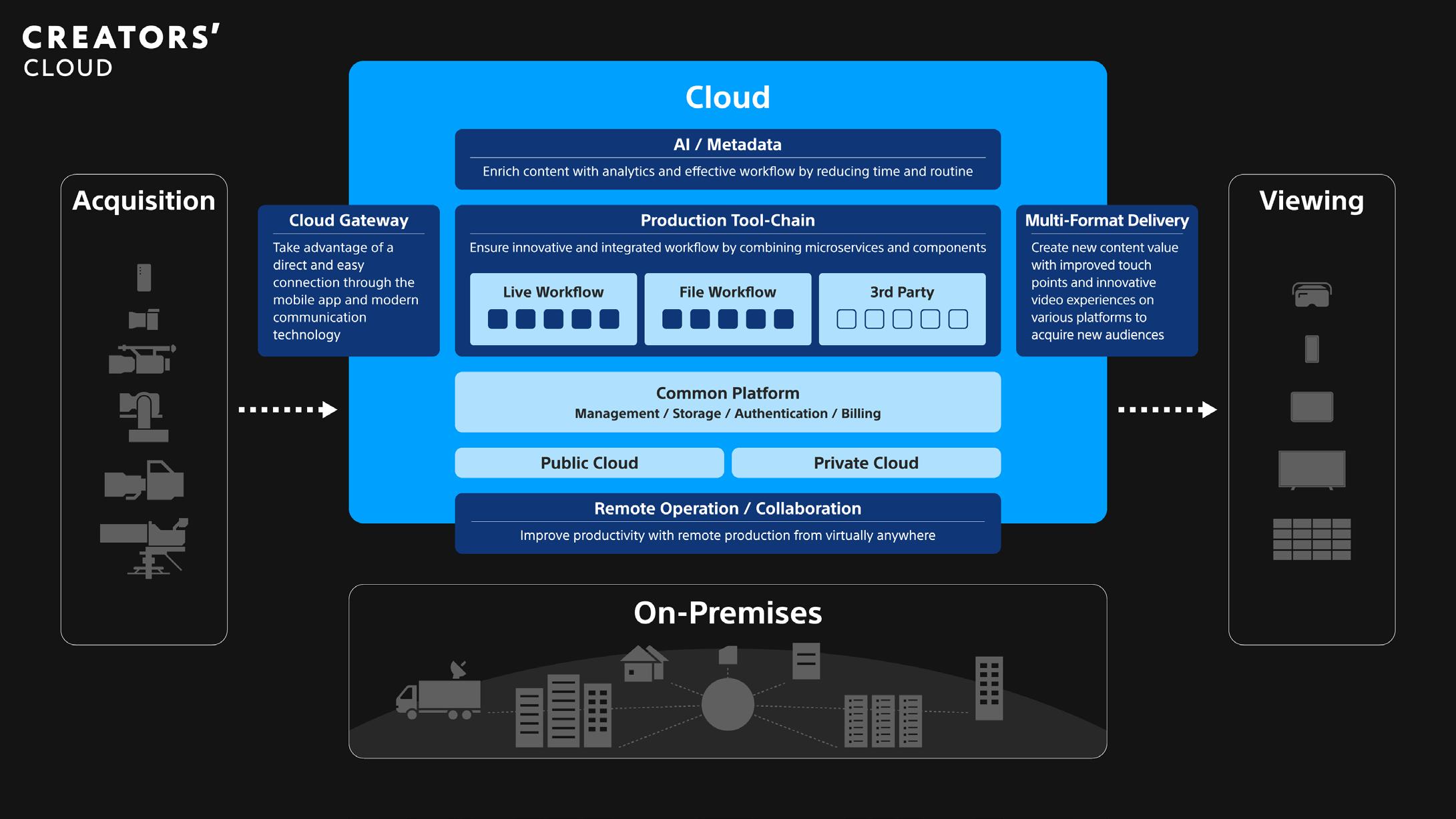
technologies for reaching the different viewing audiences and platforms; metadata and AI (artificial intelligence) integration for enriching the content in the various channel environments; and the core production toolchain that serves news production and media asset management.
“We have all that but what we have been lacking is a common platform that gives customers access to all our cloud services,” Bovis states. “This was something we launched at IBC under the name Creators’ Cloud. Through this common platform, the idea is to give access to our different tool sets but, perhaps more importantly, make the link with on-premises tools. Sony’s acquisition of Nevion in 2020 supports this strategy because we are now able to offer network and resource orchestration, together with media transport systems through new connections developments which allow users to work in real time either at their own premises or in the cloud.”
By utilising hybrid processing and operations, Sony aims to realise its media solution vision for Production Anywhere at Any Scale, going from acquisition in the field through playout facilities, OTT hubs, and even archive to distribution for the home. “Through the expansion of connectivity offered by 5G, SDN [software-defined networking], and other technologies, we want to link the world of on-premises with the cloud by using this hybrid approach,” says Bovis. “You would have a processor, such as a switcher, in an OB truck on location and then processors in every building along the chain. This obviously requires orchestration and SDN control and for this new way of working we are going to see the processor element evolve from being on-site to being edge processing.”
Sony calls this new way of working Networked Live, which will allow remote and distributed production to be carried out from anywhere. The processor/switcher protocol at the heart of this is the Modular Live System MLS-X1, also launched at IBC 2022. “The MLS-X1 allows for distributed processing and federated resource allocation across the network independently of the location,” Bovis explains.
“That contributes towards distributing power, reducing capital expenditure in some of those locations, and providing the ability to dynamically provision resources. In this way, if you need more ‘horsepower’ to cover an event, you may want to use the resource available from a second physical location or, in the spirit of the hybrid concept, combine that with the cloud resource, which would be available from a public or private cloud depending on the customer’s priorities or preferences,” continues Bovis. “There is a real challenge with the reality of converging on-premises and cloud because the cloud on its own may be uneconomic right now but there is definitely value in combining the two depending on the workload being distributed.”
A critical consideration in creating a camera-to-cloud production chain is the latency of the connection used as its foundation. To this end, Bovis says Sony is keen to exploit a new codec technology that was demonstrated earlier this year at the NAB Show. “At IBC we demonstrated its very low latency, high picture quality and ability to work over reduced bandwidths. Since the acquisition of Nevion, we have taken the JPEG XS compression used in their product portfolio and added it to the Sony portfolio. But the new codec will also find its way into both Sony and Nevion products in the future, which will facilitate the evolution of our convergence vision.”
Creators’ Cloud, MLS-X1 and the M2Live multipoint to multipoint scalable cloud live processing platform will be available to the market towards the end of the year. n
Find out more at pro.sony/vision







